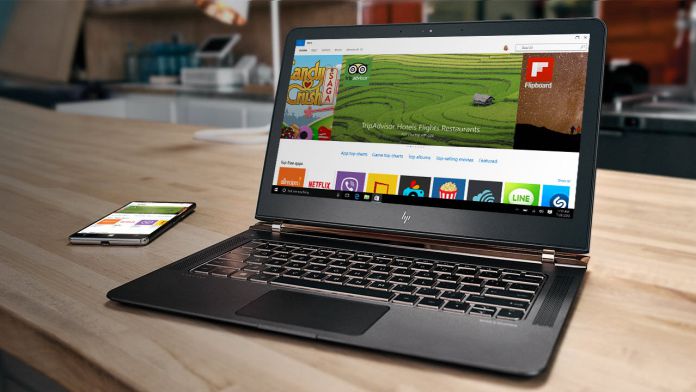One of the key points of the Chromebook movement has been web based applications. This improves safety by locking users down to applications and not desktop apps. Windows Cloud will also allow this. When it comes to this capability, Microsoft has a big advantage with native Office apps. Another Chromebook capability Microsoft will use for Windows Cloud is the ability to use apps and files across devices. In terms of Chrome, this works across Android and the Chrome OS. For Windows, it will allow users to use Universal Windows Platform apps across Windows 10. The patent was renewed for this kind of feature in December 2016. This suggests Microsoft is preparing it for Windows Cloud. Called Application Install and Layout Syncing and states: “The synchronised configuration information can relate to application installations and uninstallations as well as to user modifications to user interfaces for managing and invoking the applications.” “Users may use or control respective sets of computing devices. Each user may have a user credential, user account, user identity, or some functional equivalent for distinguishing identity across computing devices forming and using a computing cloud. Account names, email accounts or addresses, and website accounts, are examples of user identities.” It is worth noting that this kind of technology is not necessarily new for Windows. Microsoft Accounts allow users to roam across devices with apps since Windows 8. The cloud platform will take this ability to a new level.
Windows Cloud
Microsoft will host its spring event on May 2, 2017. The event could also see the company announce new hardware. This could either be a new Surface category or perhaps some new small laptops to complement Windows Cloud. Joe Belfiore officially announced his return to Microsoft today. The exec spoke about the need to challenge Chromebooks in the education market. Windows Cloud will not actually be a cloud-based OS. Instead, it will be a lighter version of the Windows 10 platform that runs exclusively on UWP apps. Because Microsoft’s universal platform allows the same apps to run across mobile and PC, Microsoft can deliver full apps on this lighter Windows version.




